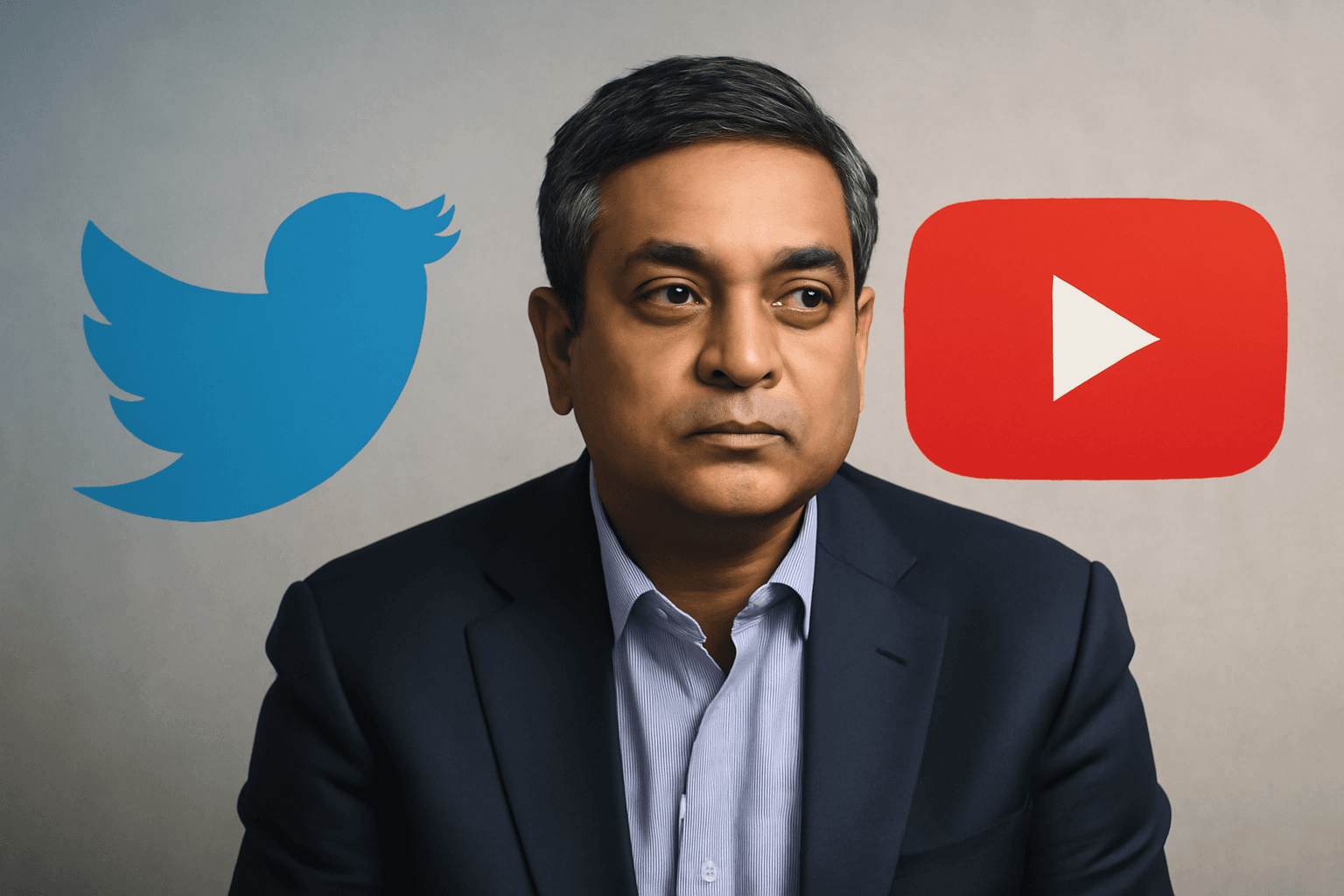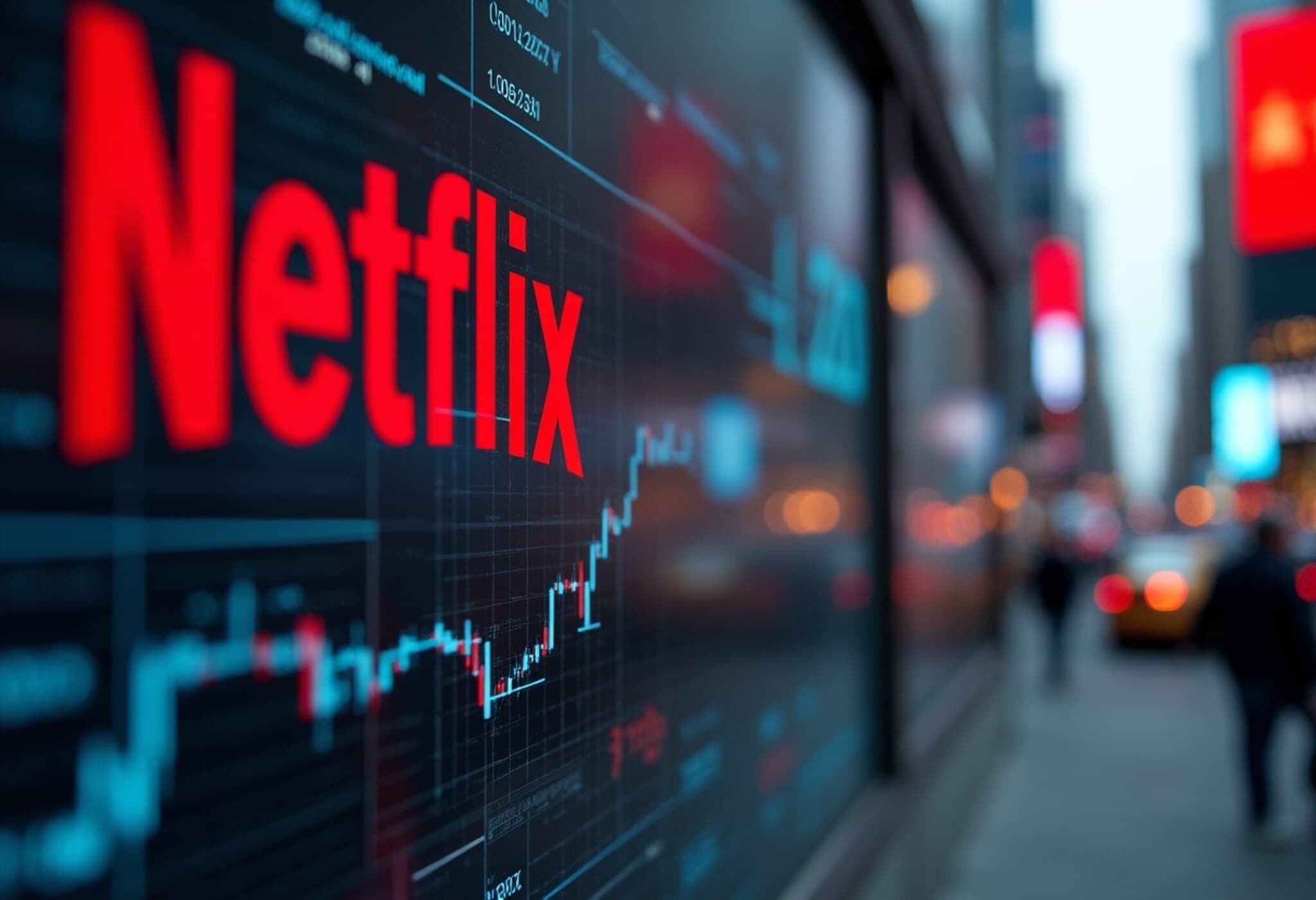Netflix Surpasses Expectations with Robust Second-Quarter Performance
Netflix continues to demonstrate its resilience in the fiercely competitive streaming market, reporting a 16% year-over-year revenue increase for the second quarter of 2025. The entertainment giant announced revenue of $11.08 billion, slightly surpassing Wall Street’s forecast of $11.07 billion, reflecting sustained subscriber growth and expanding advertising revenue.
Upgraded Full-Year Revenue Guidance Reflects Optimism
Bolstered by strong quarterly results, Netflix raised its full-year revenue outlook to a range of $44.8 billion to $45.2 billion, up from the previous $43.5 billion to $44.5 billion. Alongside this upgrade, the company cited the benefits of a weaker U.S. dollar — enhancing international earnings — as well as continued "healthy" member additions and advertising sales as key growth drivers.
Financial Highlights and Operational Efficiency
- Earnings per share (EPS): $7.19 vs. expectations of $7.08
- Net income: $3.1 billion, up from $2.1 billion year-over-year
- Operating cash flow: $2.4 billion, an 84% increase compared to Q2 2024
- Free cash flow: $2.3 billion, up 91% year-over-year
- Operating margin: 34.1%, a significant improvement from previous quarters
These figures indicate not only revenue growth but enhanced operational efficiency, as Netflix continues to optimize its cost structure amid aggressive content investments and marketing efforts.
Why Subscriber Data Remains Under Wraps
For the second quarter in a row, Netflix chose not to release detailed subscription data. This strategy invites speculation among analysts and investors, especially as the streaming landscape heats up with intensifying competition from rivals such as Disney+, HBO Max, and Amazon Prime Video.
In its earnings statement, Netflix attributed revenue gains to a combination of more paying members, price hikes, and expanding ad sales — indicating a diversified monetization strategy that balances subscription fees with advertising income.
Looking Ahead: Content Slate and Margins Pressure
Despite the upbeat earnings report, Netflix issued a cautious note regarding margins in the latter half of 2025. The company expects operating margins to decline due to higher content amortization costs and increased marketing expenses, linked to a blockbuster lineup scheduled for release later this year.
Highly anticipated releases such as the second season of "Wednesday," the epic finale of "Stranger Things," the comedy sequel "Happy Gilmore 2," and Guillermo del Toro’s adaptation of "Frankenstein" are expected to drive subscriber engagement but come with significant upfront investment.
This aggressive content push explains a slight post-earnings dip in Netflix’s stock, down about 1% in after-hours trading, as investors weigh near-term margin pressures against long-term growth prospects.
Expert Insight: Navigating Streaming’s New Normal
Netflix’s financial results offer a window into the evolving streaming business model, which increasingly depends on diversified revenue streams beyond subscription fees. The expansion of ad-supported tiers signals a pragmatic adaptation to changing consumer behaviors and advertiser demand, especially in a global economic landscape marked by inflation and currency fluctuations.
Moreover, Netflix’s emphasis on cash flow generation and profitability highlights a strategic pivot away from its historic emphasis on growth-at-any-cost. This approach will be critical as the company competes not just on content but also on sustainable financial performance in a saturated market.
Editor’s Note
As Netflix charts its course through 2025, investors and industry watchers should keep a close eye on how the company balances content investment with profitability. With subscriber data withheld, the real test lies in audience retention and the effectiveness of its ad-supported models. Could Netflix’s content slate redefine streaming dominance for years to come? Or will margin pressures force a recalibration? Only time — and quarterly updates — will tell.



















